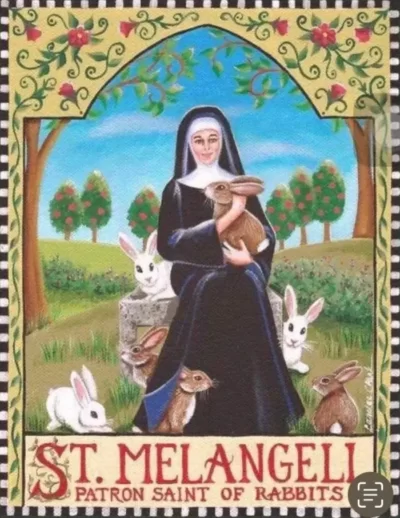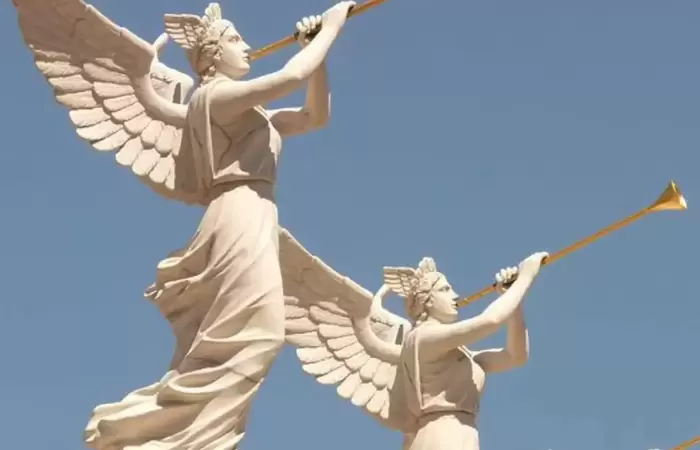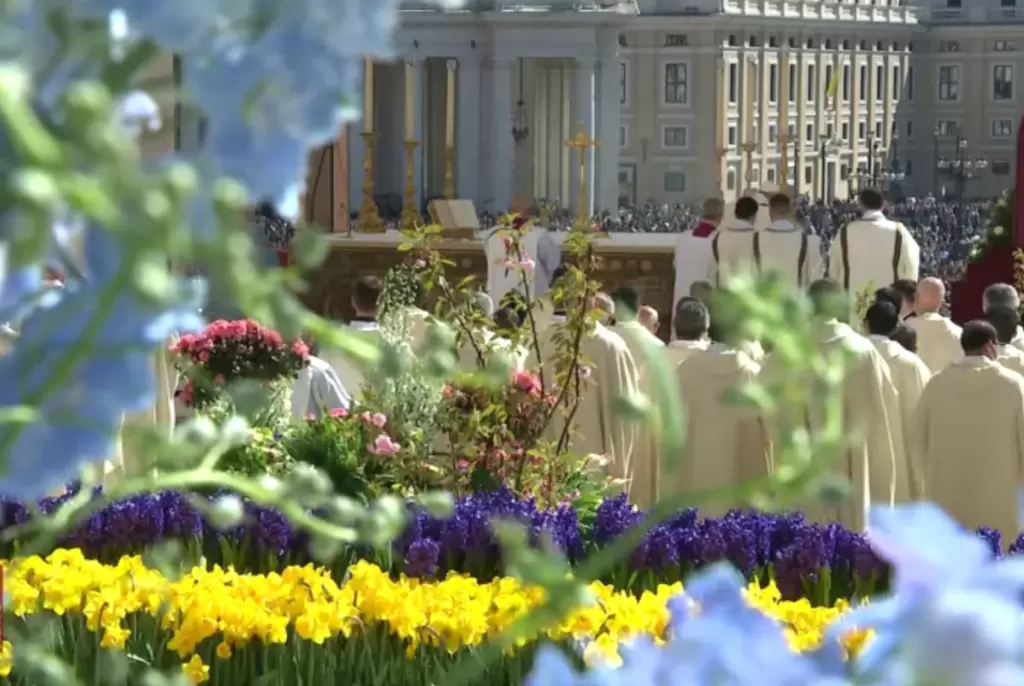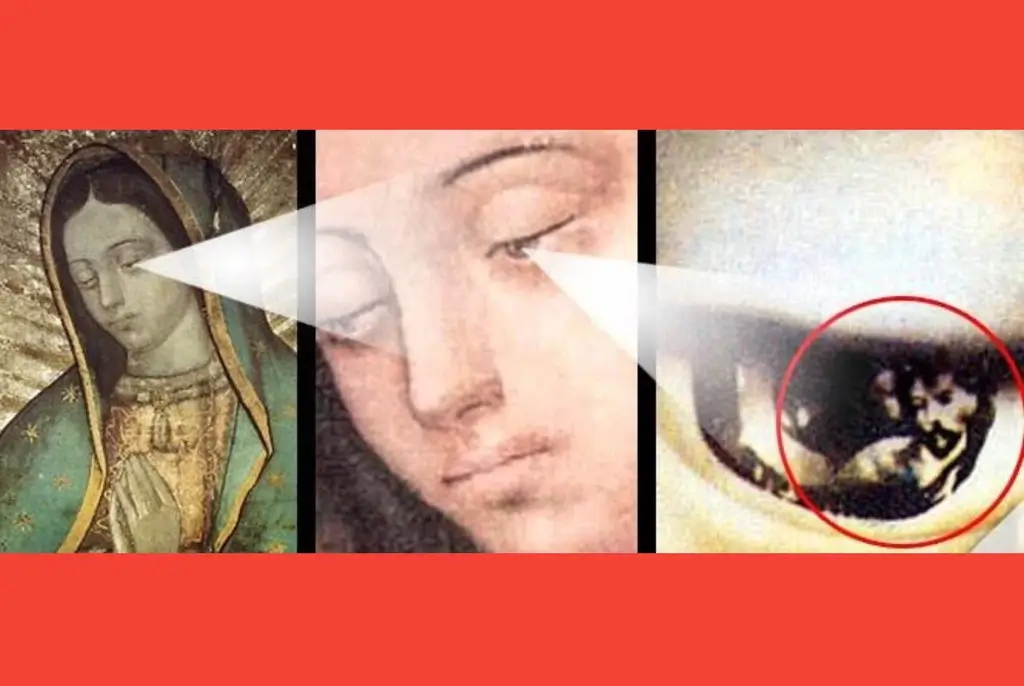our connection with animals: Is it for real or is it something we just imagine?
Pope Francis has made remarks that have been interpreted as suggesting that animals have souls and can go to heaven. His comments were seen as a departure from conservative Roman Catholic theology that traditionally held that animals cannot go to heaven because they have no souls.
Pope John Paul II is reported to have said that animals must have souls since they were created by God. This statement indicates a belief in the existence of animal souls.
The Catholic Church does not have an explicit doctrinal position on whether animals have souls. However, there are different views within Catholicism on this matter.
Some Catholics believe that animals do have souls, although these souls are distinct from human souls. They argue that animals have sensitive souls, which give them the powers of sense, imagination, and memory. Human beings, on the other hand, have rational souls, which include the powers of reason and will.
In Orthodox Christianity, there is a historic consensus that animals do have souls, although these souls are not the same as human souls. The specific difference between animal souls and human souls is a topic of theological discussion, but it is generally understood that animals have a different level of consciousness and spiritual capacity compared to humans
Orthodox Christianity also recognizes the redemptive connection between saints and animals. Many Orthodox saints are known to have had a deep connection with animals and have demonstrated care and compassion towards them
It is worth noting that the perspectives on animal souls within Orthodoxy may vary among individual theologians and believers, as there is no official dogmatic teaching on this specific topic.
We know that St. Francis of Assisi actually preached to animals because he had a profound sense of brotherhood with all creation.
Holy Orthodoxy believe that connection is real
In fact, in the Church, we teach that not only are we connected to the animals, but that the animal world is going to be saved through us. For example, in chapter two of the Book of Genesis, the First Man, Adam, names all the animals, and, in Holy Scripture, when you name something, you are responsible for it. Down through the ages, we’ve done a horrible job at following through on that responsibility, but, in chapter eight of his Letter to the Romans, St Paul writes that, along with the rest of the creation, the animals “wait with eager longing” for us to get our act together.
And in Orthodox Christianity, we have lots and lots of saints who not only have had their act together, they have also had a redemptive connection with animals. Many people are familiar with Francis of Assisi, the Roman Catholic saint who preached to the birds and tamed a wolf, but, in Holy Orthodoxy, this bond with the animal world is just a regular part of what it means to be a holy person.
St Sergius of Radonezh, St Seraphim of Sarov, and St Herman of Alaska were all Russian monks, and they each had close relationships with bears. In fact, when the monks in St Sergius’ monastery complained that his bear was eating meat during Lent, the holy man replied, “Guys, get real—he’s a bear.”

St Melangell
St Melangell was an Irish nun who lived in Wales. Whenever rabbits were being hunted by packs of hounds, they would take refuge next to this holy woman, and she would protect them not only from the hounds but also from the nobles who owned the hounds.
St Mark the Ascetic lived in the deserts of Egypt, and he once healed a hyena pup that was blind. In gratitude, the mama hyena brought the holy man a sheepskin. St Mark thanked the mama hyena, but then he instructed her not to take sheep from the flocks of poor people.

Monastery of Saint Gerasimos
St Gerasimus was originally from what is today Turkey. He lived in a monastery by the Jordan River, and, at one point, he rescued an injured lion. The lion then followed him around the rest of his life, and, on the day St Gerasimus died, the lion died, as well.
St Cuthbert of Lindisfarne lived in Northern England. He once spent an entire night standing in the cold ocean surf in an effort to overcome temptation. When he came out of the water, sea otters wrapped themselves around his feet to help him get warm.
Of course, I realize that a lot of people are going to regard all of that as folklore and legend, but it’s important to understand that we’re not necessarily talking about ancient history. St Seraphim of Sarov died in 1833; St Herman of Alaska died in 1836, so both those holy men departed this life right about the time that Texas won its independence from Mexico.
What we are looking at, then, is an unbroken tradition of holiness that features an intimate and redemptive connection with the animal world. And probably the best summary of this whole tradition comes from a Syrian saint named Isaac. This is what he wrote back in the eighth century:
The humble man approaches wild animals, and the moment they catch sight of him their ferocity is tamed. They come up and cling to him as their Master, wagging their tails and licking his hands and feet. They scent as coming from him the same fragrance that came from Adam before the transgression, the time when they were gathered together before him and he gave them names in Paradise. This scent was taken away from us, but Christ has renewed it and given it back to us at his coming. It is this which has sweetened the fragrance of humanity.
So if you really care about animals and about their souls, you can adopt a shelter pet or contribute to the SPCA or even volunteer at a wildlife refuge. But the very best thing that you can do for all animals is get as close as possible to the One Who created them and who gave us responsibility for them. Because the way our dogs and cats and fish and turtles and hamsters are going to be saved is through the grace and mercy of the Most Holy Trinity that flows through us. That’s also how all the deer and possums and skunks and mockingbirds and sloths and blue whales and gazelles and penguins are going to be saved.
That’s what Holy Orthodoxy teaches: When we become holy, the entire creation is sanctified. If you would like to learn more about how that works, just let me know.
Source: Fr. Aidan Wilcoxson, St. John Church, Antiochian Orthodox Christian Diocese of Wichita and Mid America
Catholic and Orthodox Saints on the New Heaven and New Earth
But we look for new heavens and a new earth according to his promises, in which justice dwelleth. – 2 Peter 3:13
Both Catholic and Orthodox saints have expressed beliefs and teachings about the new heaven and new earth.
Catholic Perspective:
The Catholic Church teaches that the new heaven and new earth are part of God’s plan for the ultimate fulfillment of creation. The Catechism of the Catholic Church states that the Eucharist is a pledge and sign of the hope in the new heavens and new earth, where righteousness dwells.
Saint John Paul II, in his encyclical “Ecclesia de Eucharistia,” refers to the Eucharist as a pledge and anticipation of the new heavens and new earth that will appear at the second coming of Christ.
The Catholic Church also venerates Mary, the mother of Jesus, as the Queen of Heaven. According to Catholic teaching, Mary was assumed into heaven without the corruption of her earthly body.
Orthodox Perspective:
In Orthodox theology, the new heaven and new earth are seen as the fulfillment of God’s plan for the restoration and renewal of all creation. The Orthodox Church teaches that Christ Himself goes before us into the kingdom, the new heaven, and the new earth.
Orthodox saints emphasize the transformative power of the Eucharist and its role in renewing the world. Saint Seraphim of Sarov, an Orthodox saint, speaks of the Eucharist as a means through which the world is renewed in love, and it opens up the new heavens and new earth that will appear at the second coming of Christ
wisdom was hidden in things from the foundation of the world
Become Part of Catholic Principle to Further Your Knowledge.













